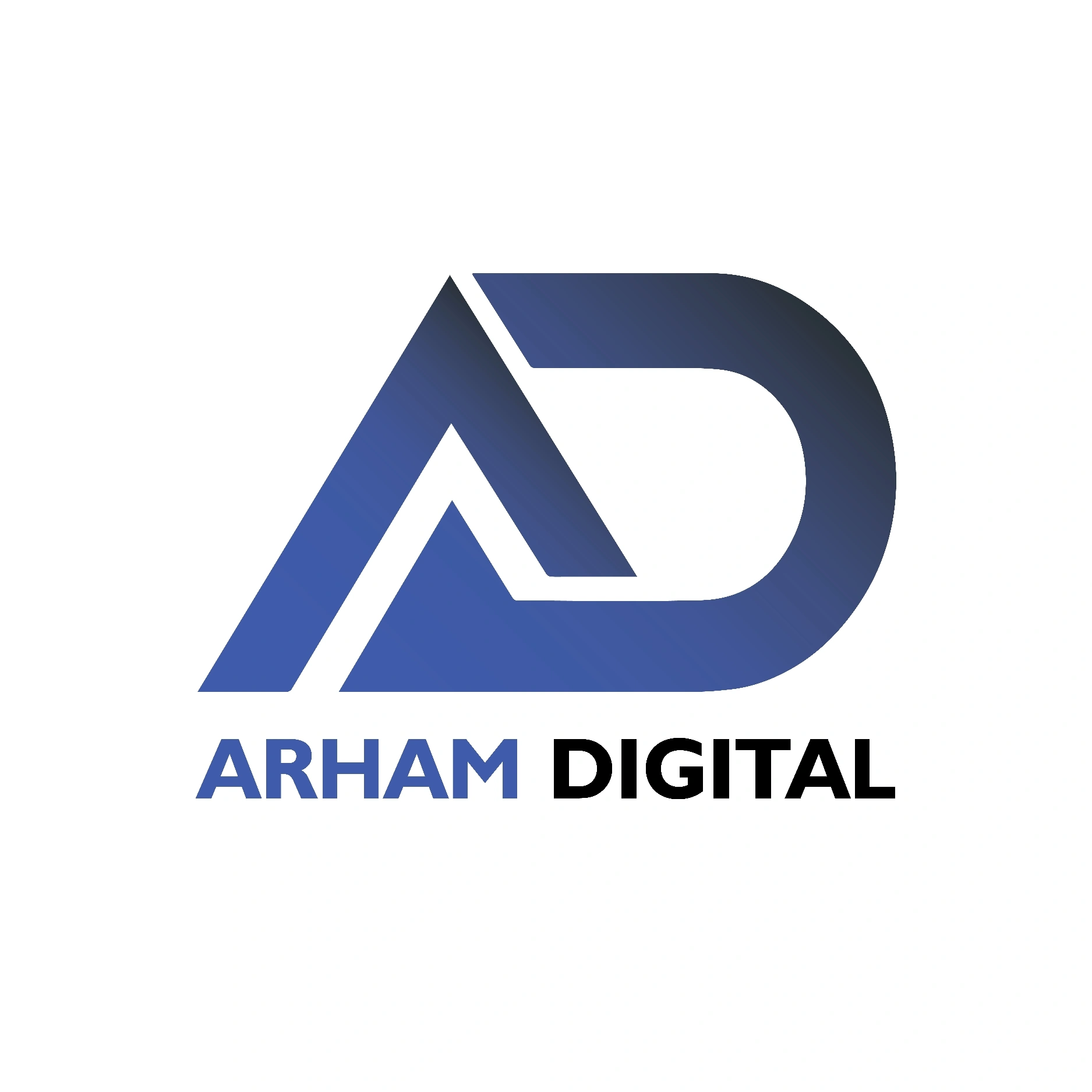Modern Concepts in Web Designing
- Arham Digital
- Aug 31
- 4 min read
In today’s fast-paced digital world, staying ahead with modern web design trends is not just an option - it’s a necessity. For small businesses in London aiming to boost leads, strengthen their brand, and save time, adopting the latest web design concepts can make all the difference. We understand the importance of a website that not only looks great but also performs seamlessly. Let’s dive into the key trends shaping the future of web design and how you can leverage them to grow your business.
Embracing Modern Web Design Trends for Maximum Impact
Modern web design trends focus on creating user-friendly, visually appealing, and highly functional websites. These trends are driven by evolving user expectations and technological advancements. Here are some of the most influential trends you should consider:
Minimalism with Purpose: Clean layouts with ample white space help users focus on what matters. Minimalism reduces clutter and speeds up loading times, improving user experience.
Dark Mode: Offering a dark mode option reduces eye strain and adds a sleek, modern look to your site.
Micro-Interactions: Small animations or feedback when users interact with elements (like buttons or forms) make the experience engaging and intuitive.
Bold Typography: Using large, bold fonts grabs attention and improves readability, especially on mobile devices.
Asymmetrical Layouts: Breaking the grid with asymmetrical designs adds uniqueness and visual interest without sacrificing usability.
Mobile-First Design: With most users browsing on mobile, designing for smaller screens first ensures your site looks great everywhere.
These trends are not just about aesthetics; they directly impact how visitors interact with your site and whether they convert into customers.

How Can I Start Web Designing?
Starting with web designing can seem overwhelming, but breaking it down into manageable steps makes it achievable. Here’s a practical roadmap to get you going:
Learn the Basics
Begin with HTML, CSS, and JavaScript. These are the building blocks of any website. Plenty of free resources and tutorials are available online.
Understand User Experience (UX)
Study how users navigate websites. Focus on creating intuitive navigation, fast loading times, and accessible content.
Explore Design Tools
Familiarise yourself with tools like Adobe XD, Figma, or Sketch. These help you create wireframes and prototypes before coding.
Practice Responsive Design
Ensure your designs work well on all devices. Use flexible grids and media queries to adapt layouts.
Build a Portfolio
Create sample projects or redesign existing websites. This will showcase your skills to potential clients or employers.
Stay Updated
Web design trends evolve quickly. Follow blogs, attend webinars, and join communities to keep your knowledge fresh.
By following these steps, you can confidently start your journey in web designing and create websites that stand out.

The Role of Visual Storytelling in Web Design
Visual storytelling is a powerful tool in modern web design. It helps communicate your brand’s message clearly and emotionally connects with visitors. Here’s how to incorporate it effectively:
Use High-Quality Images
Choose images that reflect your brand’s personality and values. Avoid generic stock photos.
Incorporate Videos
Short videos can explain your services or showcase customer testimonials, increasing engagement.
Consistent Colour Palette
Colours evoke emotions. Select a palette that aligns with your brand identity and use it consistently.
Icons and Illustrations
Custom icons and illustrations add uniqueness and help break down complex information.
Story-Driven Layouts
Arrange content in a way that guides visitors through your story, from introduction to call-to-action.
Visual storytelling enhances user experience and encourages visitors to stay longer, increasing the chances of conversion.

Why SEO-Friendly Web Design Matters
A beautiful website is useless if it doesn’t attract visitors. SEO-friendly web design ensures your site ranks well on search engines, driving organic traffic. Here’s what to focus on:
Fast Loading Speed
Compress images, use efficient code, and leverage caching to reduce load times.
Mobile Optimisation
Google prioritises mobile-friendly sites. Responsive design is essential.
Clean Code Structure
Use semantic HTML tags and proper heading hierarchy to help search engines understand your content.
Optimised Images
Use descriptive alt text and appropriate file sizes.
User-Friendly URLs
Keep URLs short, descriptive, and keyword-rich.
Internal Linking
Link related pages to improve navigation and SEO.
By integrating SEO best practices into your web design, you ensure your site not only looks great but also performs well in search results.
Partnering with Experts to Boost Your Digital Growth
While learning and implementing modern web design trends is valuable, partnering with experts can accelerate your success. At Arham Digital, we specialise in helping small businesses in London grow by expertly managing their online presence. We combine cutting-edge design with strategic SEO to deliver websites that attract, engage, and convert.
Our approach includes:
Customised design tailored to your brand and goals
Mobile-first, responsive layouts
SEO optimisation to increase visibility
Ongoing support and updates to keep your site current
By working with us, you save time and focus on what you do best - running your business - while we handle your digital growth.
If you want to explore how modern web design can transform your business, check out our web designing services.
Modern web design is more than just trends - it’s about creating meaningful, effective online experiences. By embracing these concepts, you position your business for success in a competitive digital landscape. Let’s build a website that works as hard as you do.






Comments